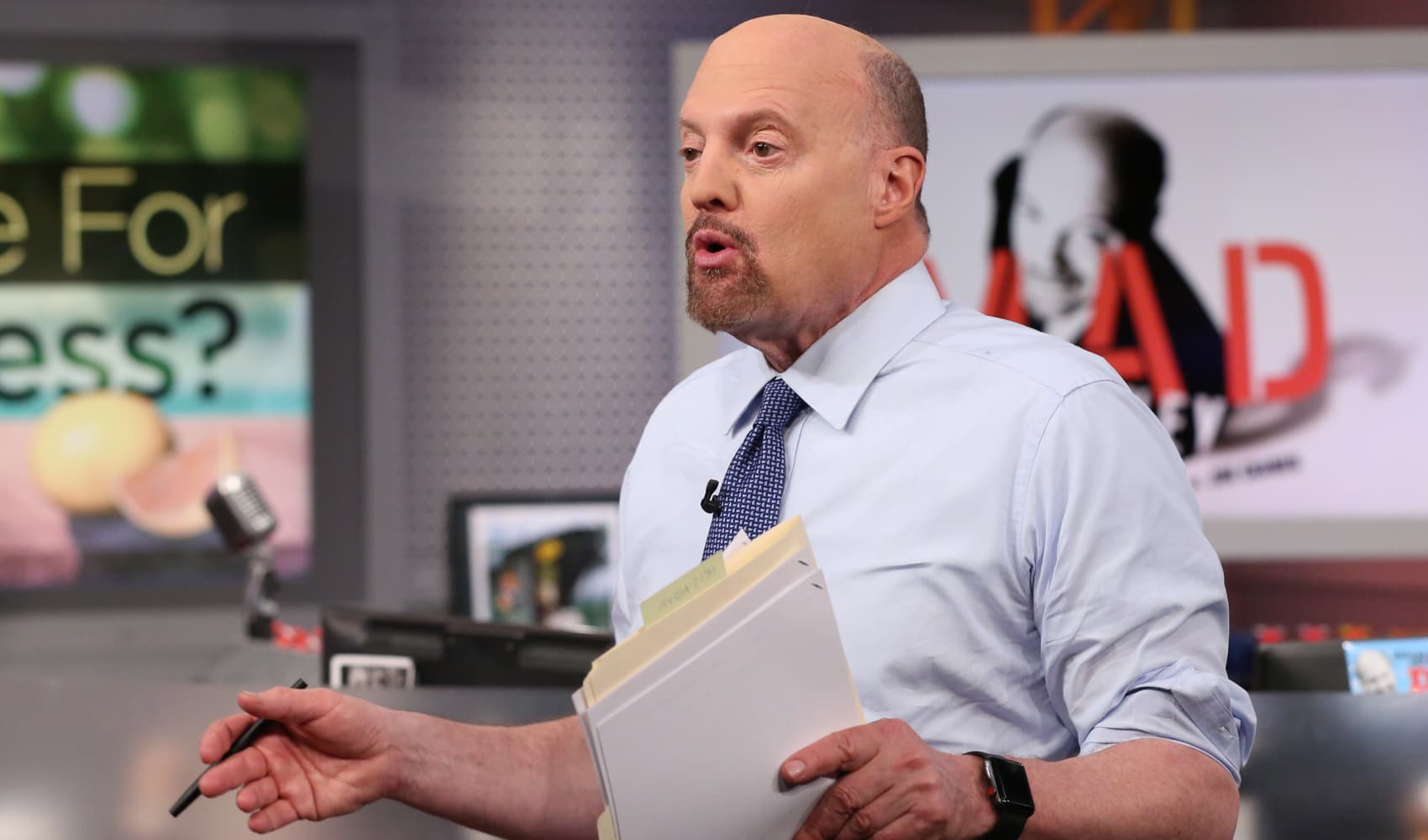
After submitting a job application, the inevitable question follows: "When will I hear back from the company?"
There's no clear answer. Application wait times fluctuate with the seasons, company budgets, market shifts and interest in the role, according to Monster.
However, a new study from LinkedIn sheds some light on how long it really takes to get hired. Researchers from LinkedIn's Economic Graph team analyzed the profiles of 400,000 confirmed hires on their platform between June 2020 and March 2021 to determine which jobs take the longest time to fill across 15 different industries.
Engineering tops the list, as it takes an average of 49 days for candidates from submitting their job application to starting their first day on the job. Technical positions in research, finance and information technology (IT) follow closely behind, taking 48, 46 and 44 days on average to fill.
We're making it easier for you to find stories that matter with our new newsletter — The 4Front. Sign up here and get news that is important for you to your inbox.

Hiring tends to move at a faster pace in non-technical fields, including sales, human resources and customer service, which typically hire and start candidates in new roles within 38, 39 and 34 days, according to the study.
LinkedIn's Senior Editor-at-Large George Anders, who authored the report, attributes the gap to the lengthy technical evaluations assessments engineers and other STEM job candidates have to complete during the hiring process. "You may need three or more rounds of interviews to be sure you're picking the right person," Anders tells CNBC Make It.
Money Report
Anders adds that early-stage tech companies often have disorganized hiring processes, which could slow things down. "Candidates in the tech sector have certainly been complaining about such snarls for a long time," he says.
If you're applying to work at a larger company, expect a longer waiting time, too. A 2014 study by University of Chicago economist Stephen Davis showed that companies with 5,000 or more employees took an average of 58 days to hire new candidates, compared with a national average at the time of 25 days.
Molly Graham, the chief operating officer of online coding academy Lambda School, shared her insight on hiring lags with LinkedIn for the report.
As employers try to widen their talent pool to recruit more women and people of color, Graham said, "that can be great for increasing the diversity of their workforce and also lead to a longer time to hire."
But don't let longer wait times discourage you from applying to your dream job — as Anders reminds job hunters, it's not you, it's the system.
Anders also shares a tip that can help you find out a company's application timeline.
"It helps to find an advocate within the hiring process, who wants to see your candidacy move forward," he says. "Once you've found that person, you are allowed to ask: 'What's the next step?' and 'When should we expect that?'"
Check out: 99% of large companies use resume-scanning software — how to make sure yours beats the bots
Sign up now: Get smarter about your money and career with our weekly newsletter






